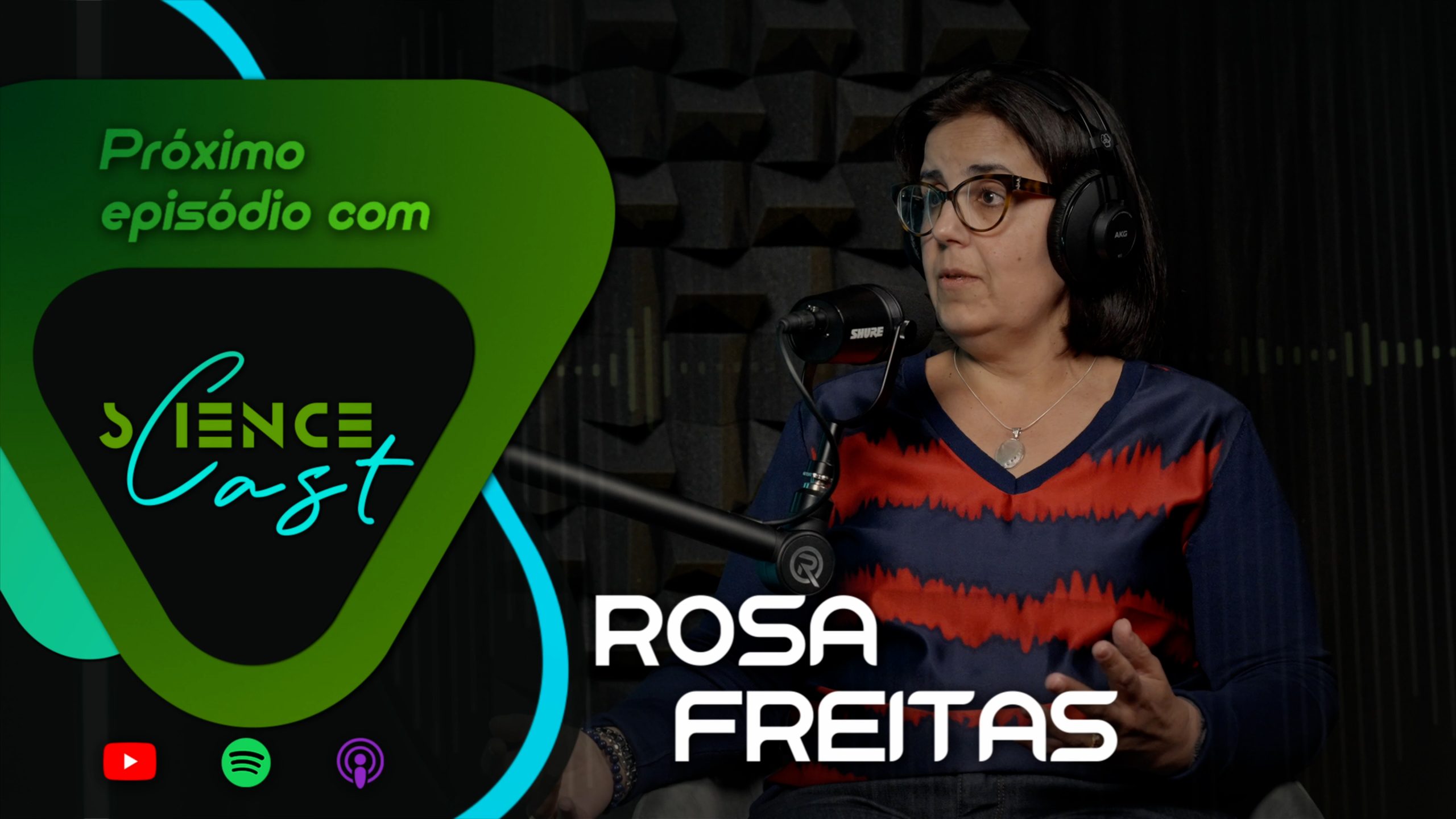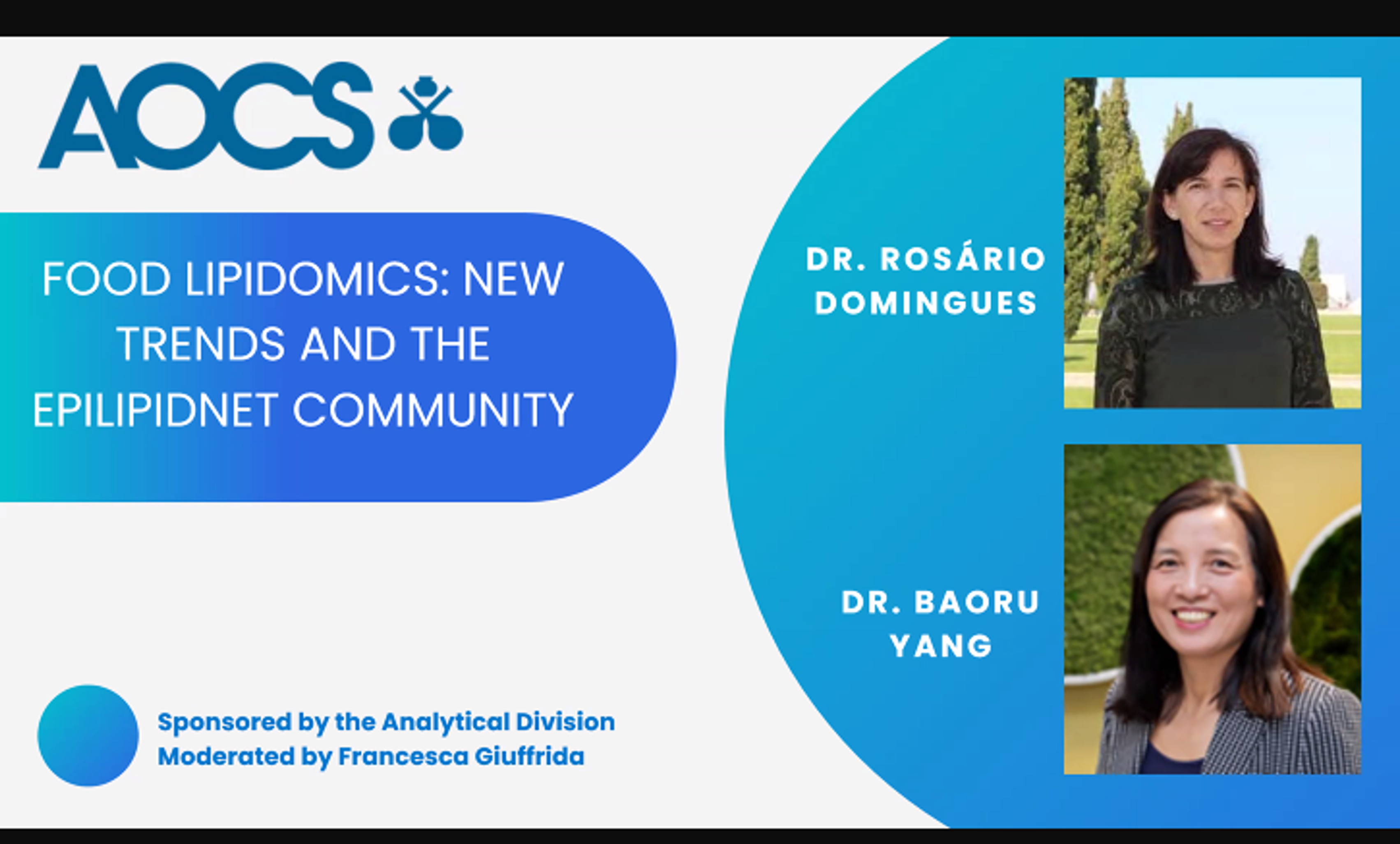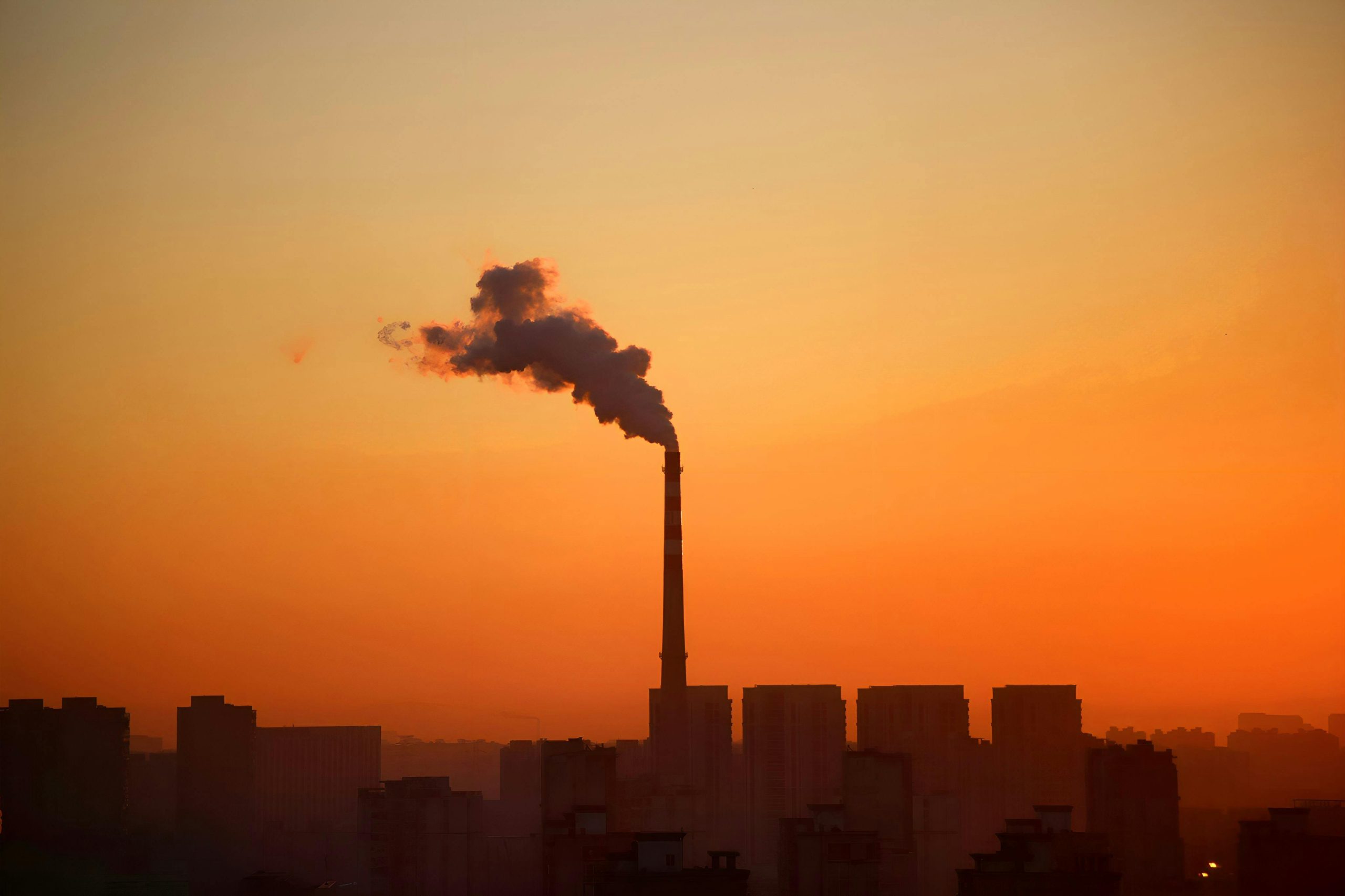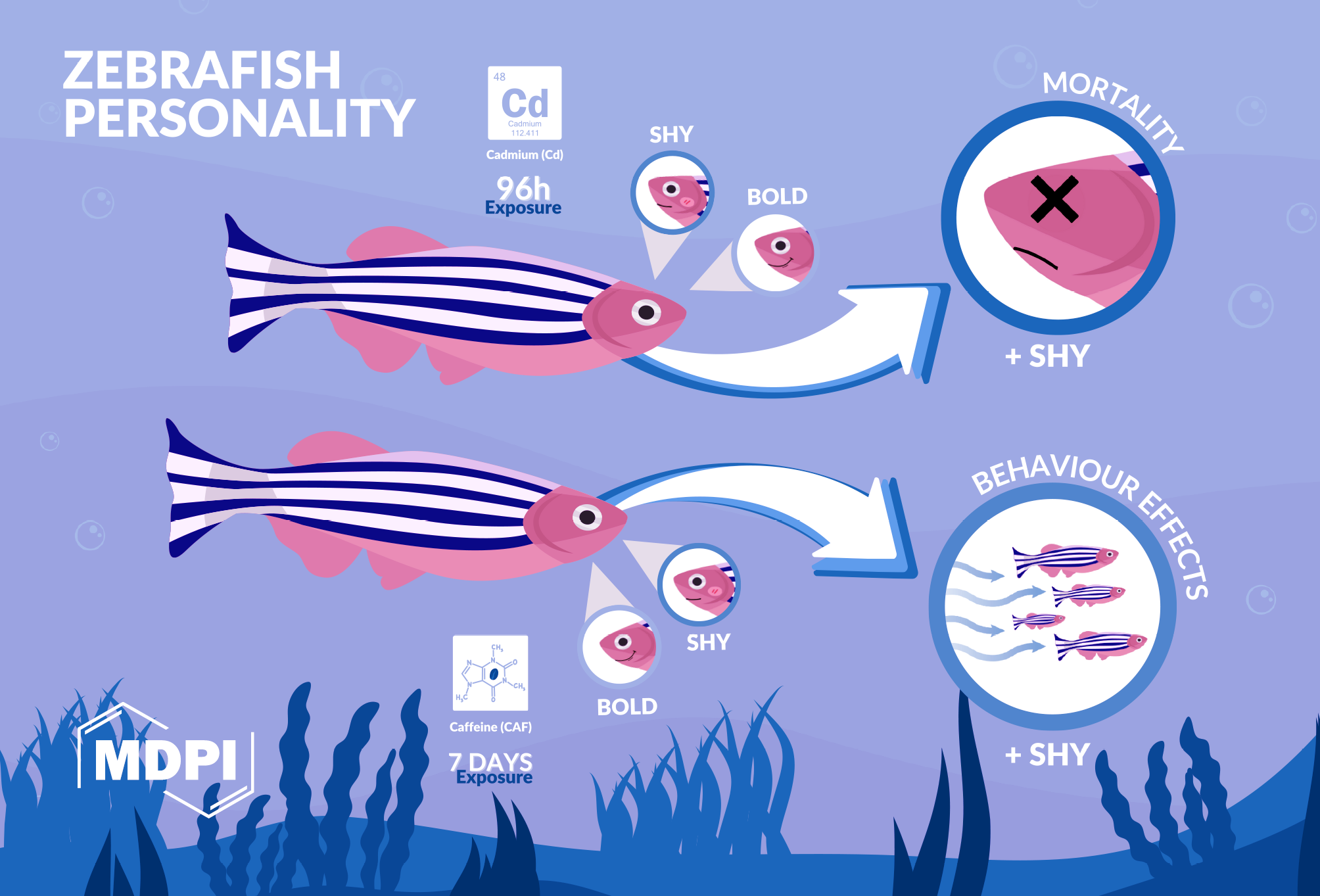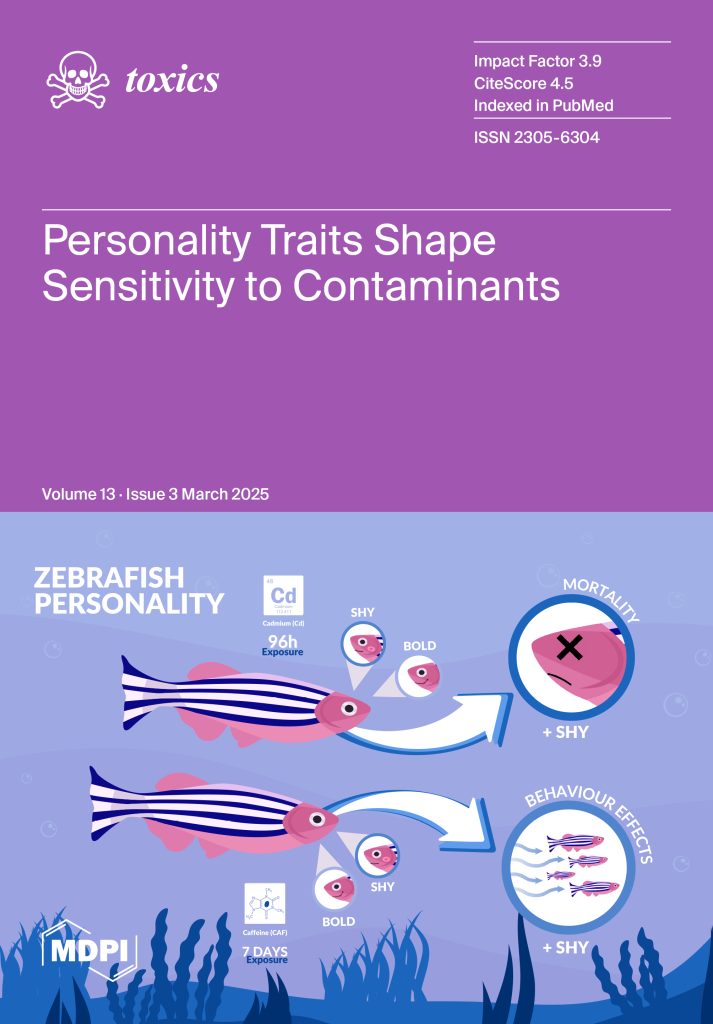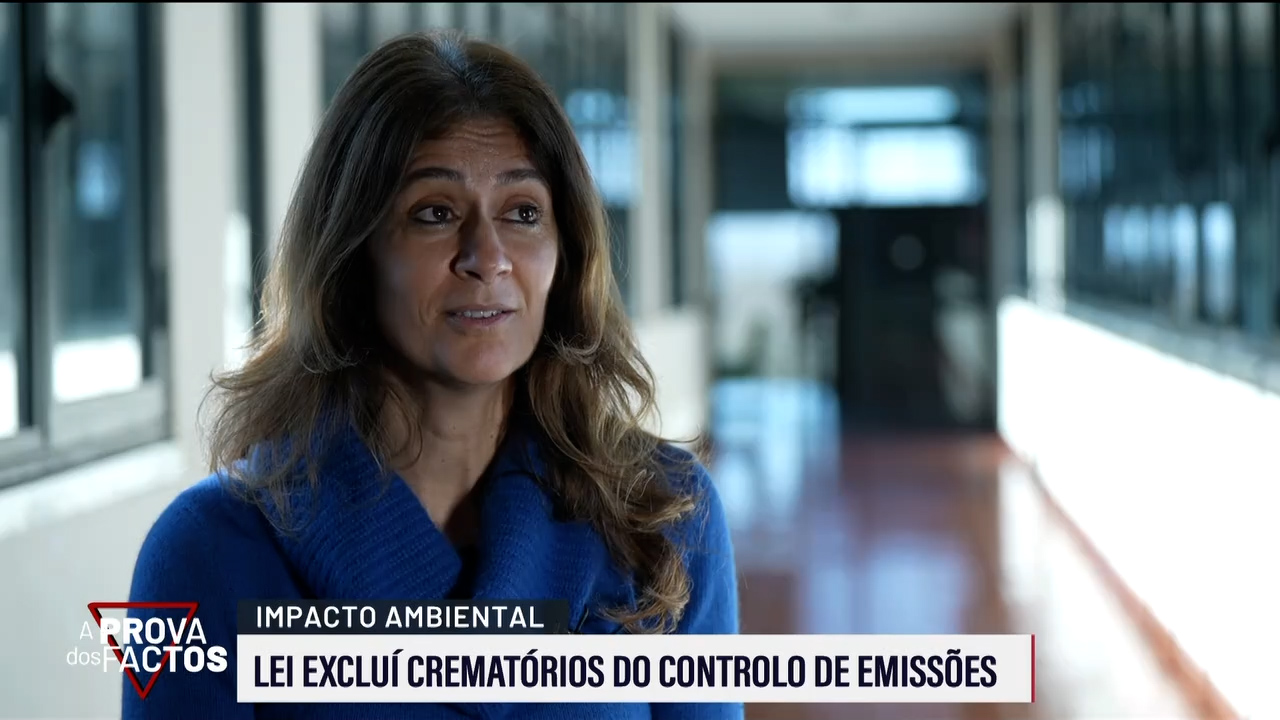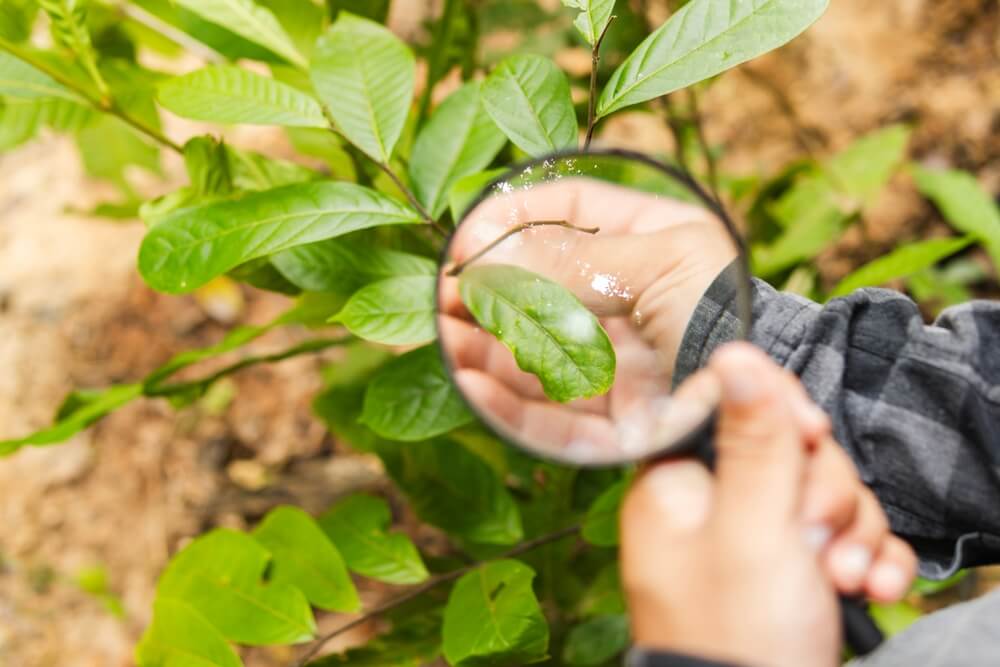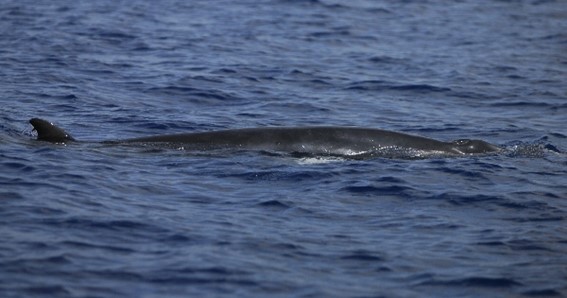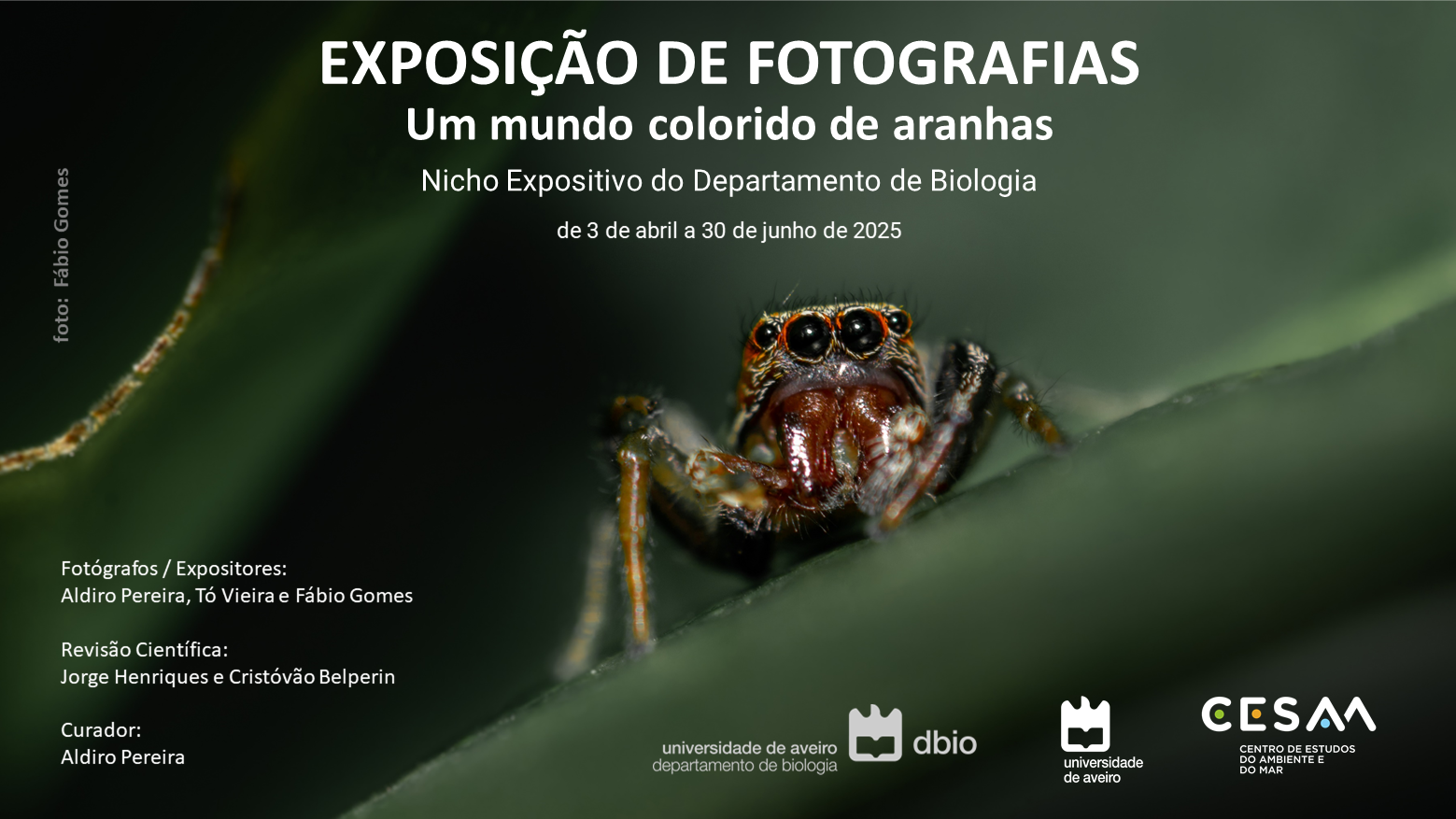With its opening scheduled for 3 April at 5:00 PM, the photography exhibition “A Colourful World of Spiders” will be on display at the “Nicho Expositivo” in the Department of Biology (DBIO), University of Aveiro, until 30 June. The exhibition showcases the work of Aldiro Pereira, António Vieira, and Fábio Gomes, who have captured the beauty and complexity of these fascinating creatures. Each image reflects the photographers’ sharp eye and sensitivity, highlighting intricate details often invisible to the naked eye.
The world of spiders is both fascinating and misunderstood, frequently associated with fear, myths, and legends across various cultures. In Greek mythology, Arachne is transformed into a spider after challenging the goddess Athena; in ancient Egypt, spiders symbolized protection and rebirth; in Hindu tradition, the spider represents illusion and the creation of the universe; and in Eastern European folklore, spiders and their webs play starring roles in Christmas stories. From a human perspective, spiders may be among the most patient and persistent organisms, particularly in their web-building hunting strategies.
Morphologically, spiders have eight legs (in contrast to insects, which have six), and possess chelicerae capable of injecting venom. They are anatomically distinct from other arthropods due to their body plan: a cephalothorax, where the eyes are located, and an abdomen, which includes the spinnerets used for producing silk. Each species has unique traits, including its web, which can vary widely in both form and function.
Spiders are generalist predators, feeding primarily on insects and other invertebrates. They play an essential ecological role by helping to control insect populations, including agricultural pests, thus contributing to crop health. Furthermore, spiders are valuable indicators of environmental health, as their presence often reflects habitat quality. They also serve as prey for small reptiles, amphibians, insects, and other arachnids.
Thanks to their remarkable adaptability, spiders can be found in nearly every type of habitat, from tropical rainforests to arid deserts, and even at extreme altitudes such as 6,700 meters in the Himalayas. In Portugal, around 1,000 species of spiders are known, with only two, the Mediterranean Black Widow (Latrodectus tredecimguttatus) and the Violin Spider (Loxosceles rufescens) posing any potential medical concern. However, both are extremely shy and pose no real threat to humans, preferring to flee rather than engage.
Through the lenses of Aldiro Pereira, António Vieira, and Fábio Gomes, visitors are invited to explore a colourful and diverse world, rich in textures and forms. Each photograph opens a window into nature’s extraordinary complexity and artistry. The exhibition features striking images that highlight spiders’ morphological, behavioral, and adaptive diversity, aiming to promote greater appreciation and acceptance of these vital yet often maligned creatures.
The exhibition is curated by Aldiro Pereira, with scientific review and species identification by Jorge Henriques (CESAM/DBio researcher) and Cristóvão Belperin (CESAM/DBio PhD student), who also provided detailed captions for each image.
The exhibition is open to the public during DBio’s regular hours: Monday to Friday, 9:00 AM to 6:00 PM.
Originally published in UA Notícias on 26 March 2025.
